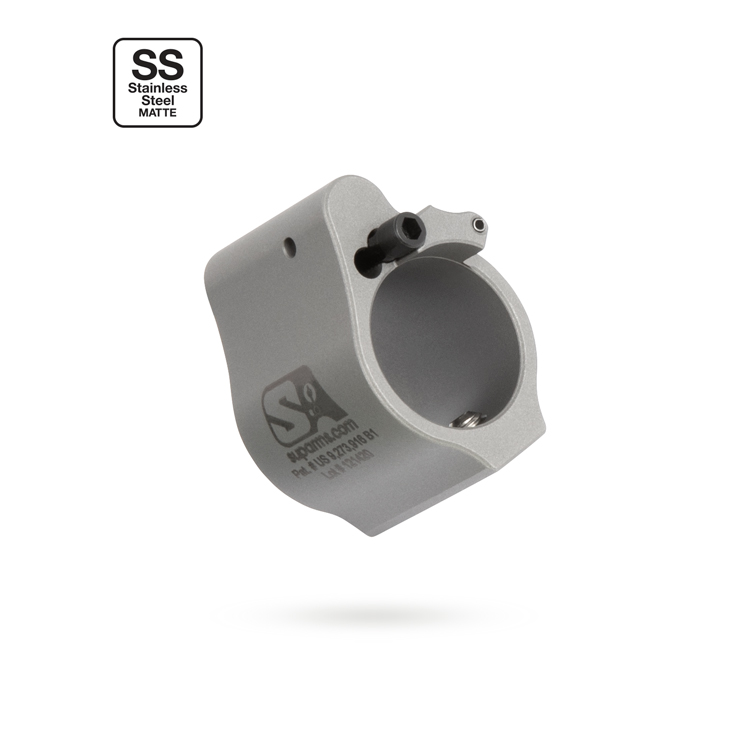Originally posted by Klem
View Post
Seemed odd to me at first, but then again, every time I doubted him on something, I was wrong in the end, learned the hard way on my own.
He used a lot of his experiences when designing the Ulfberht gas system, as carbon welding is an inevitable that has to be deal with eventually. He said the FAL (L1A1) gas would carbon weld as well, and they had to repair them at that level in MoD.
Adjustable gas systems control how much gas flow there is through the port. When you constrain the flow, it leads to increased erosion. Smaller ports experience less erosion because there is less surface area for the expanding gases to impact and change direction through. It's why LMT uses angled gas ports on the MRP and MWS barrels, like the old AK gas port (only AK gas ports are monstrous in size).


Comment